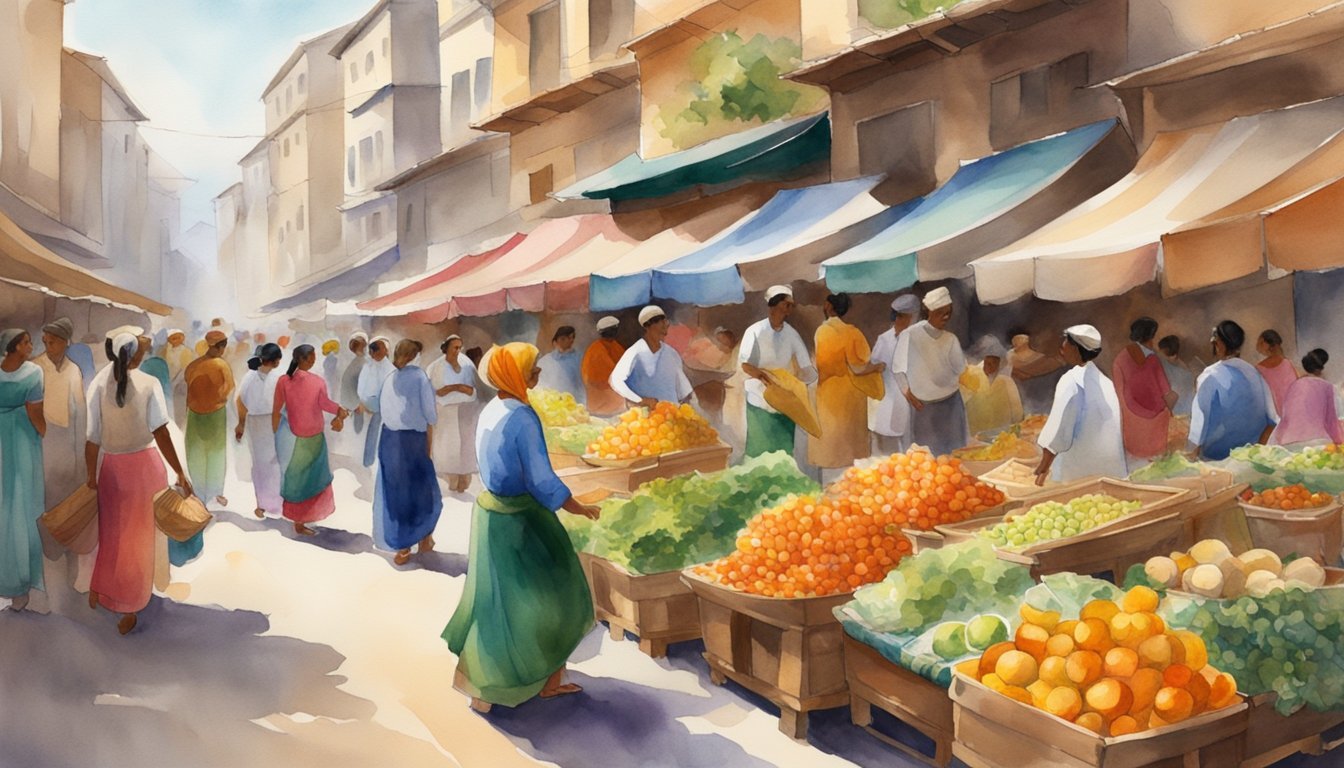Geography and Climate
Chile’s diverse geography mirrors its climatic variety, stretching over 4,300 kilometers from the world’s driest desert in the north to the glacial fields in the south.
Andes Mountains
The Andes Mountains are the backbone of Chile, running the entire length of the country and standing as the second-highest mountain range in the world. Home to many active volcanoes, they offer a striking contrast to the low coastal ranges and have a significant influence on the climate of adjacent areas.
Regions and Cities
Chile divides into distinct regions, each with its unique geography and climate. While the extreme north houses the arid Atacama Desert, central Chile, where cities like Santiago and Valparaíso are located, enjoys a nearly Mediterranean climate. Moving further south, the climate becomes increasingly cooler and wetter, encompassing fertile valleys such as Aysén and the untamed wilderness of Patagonia and Tierra del Fuego.
Natural Phenomena
Chile is no stranger to natural phenomena like earthquakes and tsunamis, given its position on the Pacific Ring of Fire. Sudden tectonic shifts have sculpted its landscapes for millennia, resulting in majestic ranges, volcanoes, and a rugged coastline adorned with fjords, especially in the southernmost Magallanes and Tierra del Fuego regions. Easter Island, also known as Rapa Nui, lying over 3,500 kilometers off the coast of Chile in the Pacific Ocean, is another remarkable geological feature, known for its archaeological sites.
Culture and Economy

Chile’s cultural heritage and its economy are deeply interwoven, reflecting a blend of Indigenous traditions and Spanish colonial influence, along with a diverse, resource-rich economic landscape.
History and Politics
Chile, officially the Republic of Chile, achieved its independence from Spain in 1818, which set the stage for its evolution into a stable democratic country. The nation has experienced significant political turmoil, including the presidency of Salvador Allende and the subsequent military coup by Augusto Pinochet. Today, the country operates as a republic with a president, a Senate, and a Chamber of Deputies.
Economic Sectors
Chile’s economy is renowned for its large copper mining sector, which has made it one of the world’s top copper producers. Agriculture also plays a vital role, with a variety of fruits and vegetables being cultivated for export. In recent years, the country has seen a growth in tourism, with attractions ranging from the Atacama Desert to the ski resorts in the Andes.
- Copper Mining: Holds a significant share of Chile’s GDP.
- Agriculture: Exports of fruits, such as grapes, apples, pears, and peaches.
- Tourism: Offers diverse landscapes and climates, including Patagonia and Easter Island.
The nation is a member of the OECD and has implemented sound macroeconomic policies that have helped stabilize the economy.
Demographics and Society
Chile has a population where mestizo (mixed European and Indigenous heritage) is the largest ethnic group, and Roman Catholicism is the predominant religion. There are still vibrant communities of indigenous people, including the Mapuche. The country takes pride in its national anthem and flag, symbols of its enduring identity.
Languages:
- Spanish (Official)
- English, French, German (Common among the educated)
- Quechua (Indigenous)
Chile continues to focus on improving education to ensure more inclusive growth and to harness the potential of its diverse society.

